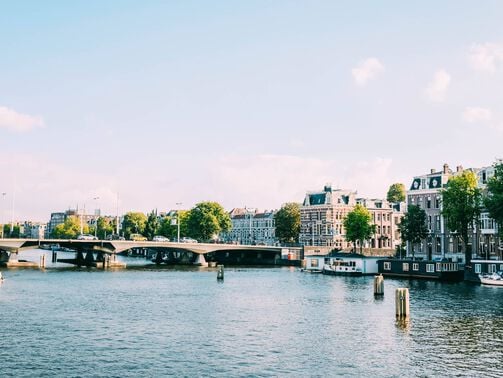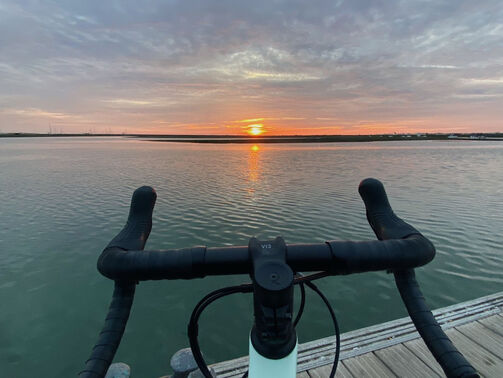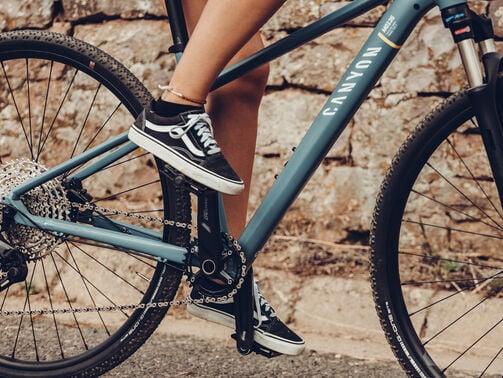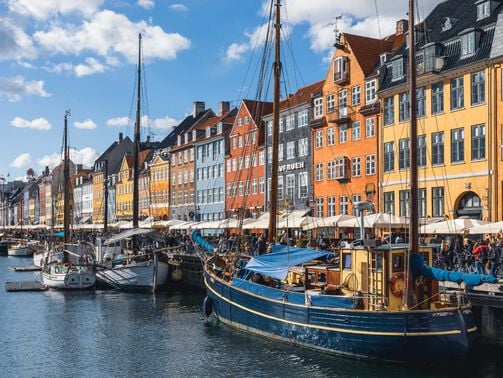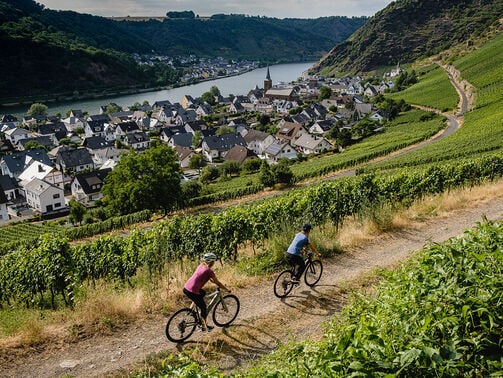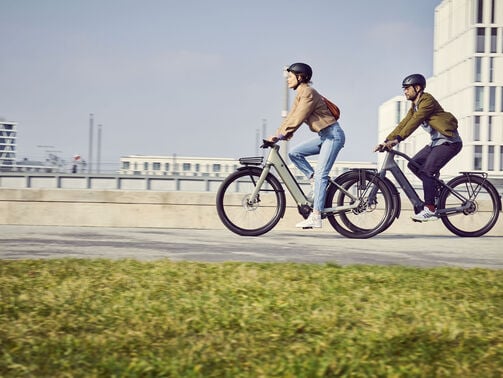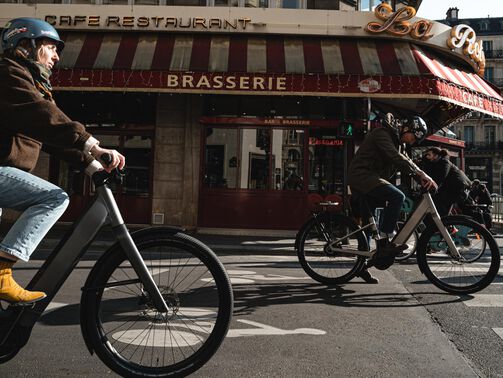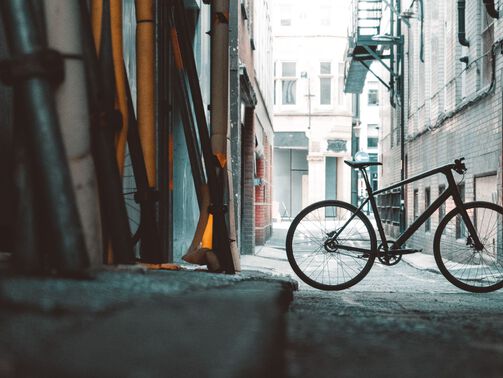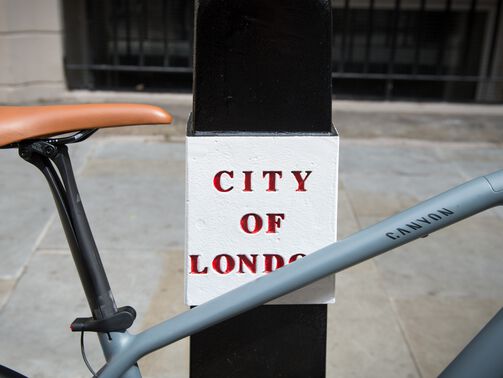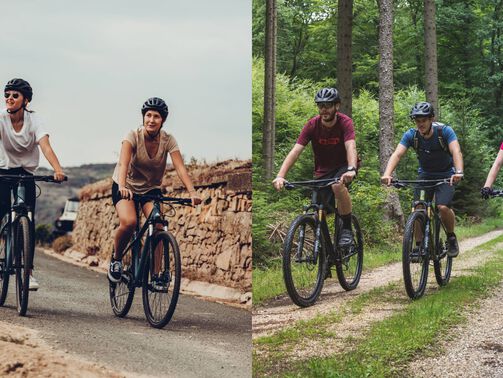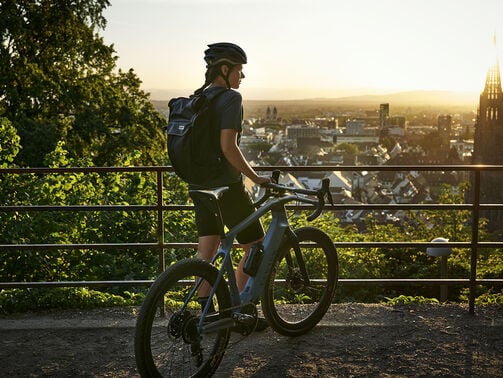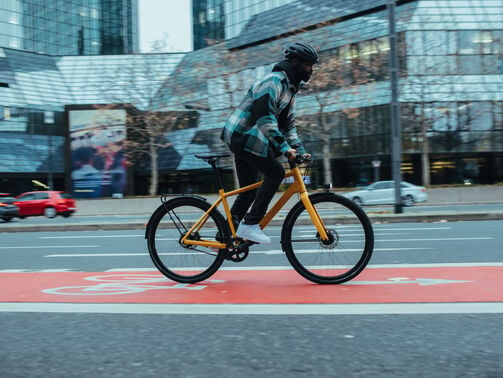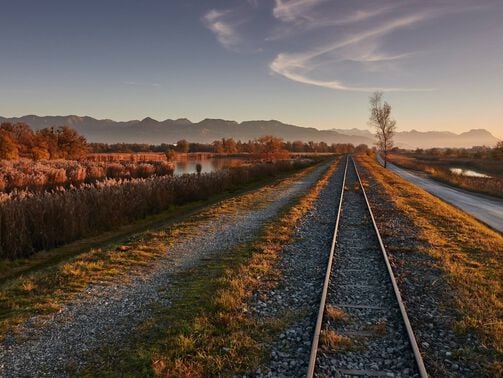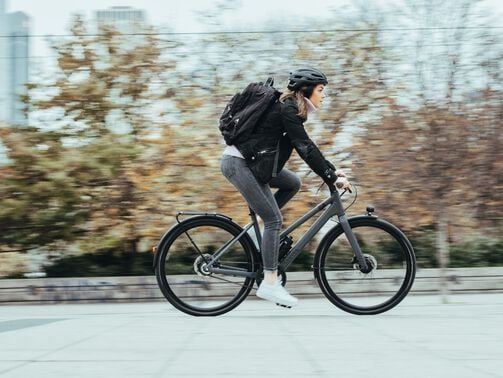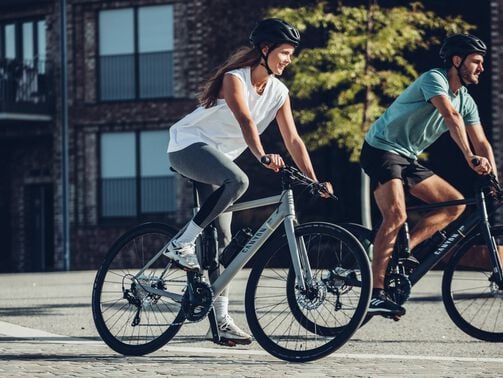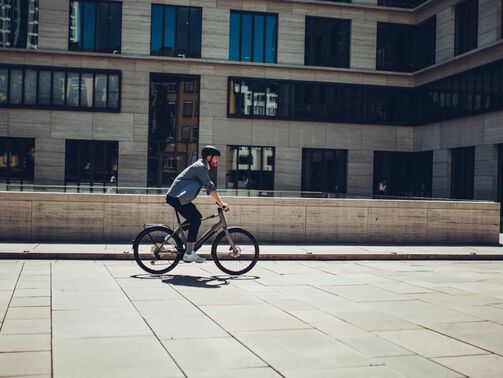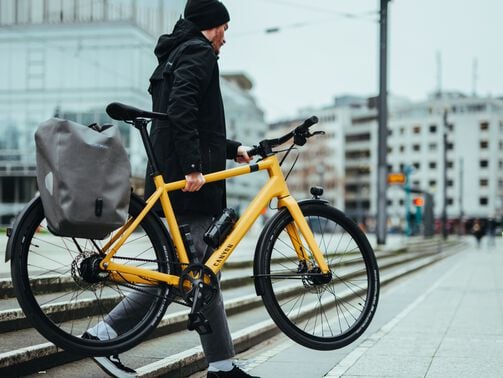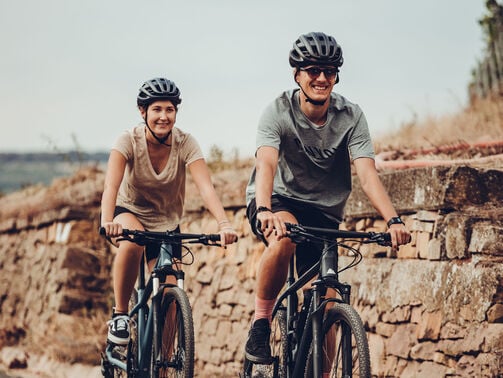See our latest hybrid bike news
-
Jan 7, 2025When it comes to gravel bike vs hybrid bike, how do they measure up and which is right for you? We take a look at what sets these two bike categories apart.
-
Oct 29, 2024Cycling in winter? Well, of course! With our tips, harsh winter weather can't harm you or your bike.
-
Jul 17, 2024Hybrid and gravel bikes are tailored to specific riding styles and environments. We will explore the key differences so you can choose the right bike for you.
-
May 29, 2024City bike vs road bike: which is right for you? Whether you’re leaning towards the performance edge of a road bike or the functional machine that is the city bike, let’s take a closer look at how these two models measure up.
-
Jul 11, 2022Explore Amsterdam by bike: Amstel River, Parnassia Beach, Zaanse Schans, castles and waterlands. It’s better by bike with these route recommendations.
-
Jun 18, 2022From city bike paths along sun-dappled coastlines to winding climbs through forests and hills, Spain is a country that has to be explored on two wheels. This guide will talk you through some of Spain’s best trails and spots for cyclists to prepare you for the bike trip of a lifetime.
-
May 24, 2022Both hub gears and derailleur gears offer smooth shifting through the use of sophisticated technology.
-
May 21, 2022Copenhagen has a huge range of bike rides for all abilities. Discover some of our favourites here.
-
Apr 27, 202218 stages, three countries, one path: Moselle Cycle Path from Thionville to Koblenz
-
Apr 5, 2022Germany’s capital city is best explored by bike. Discover our favourite cycling routes and try them for yourself.
-
Apr 1, 2022We showcase the best cities to ride your bike in France. Jump in the saddle and discover these incredible French cities by bike!
-
Mar 11, 2022Where are the most bike-friendly cities in the UK? We uncover the best places to ride your bike in the UK.
-
Jan 22, 2022Want to know more about bikes with a belt drive? We’ve made a list of the pros and cons of belt drives here.
-
Jan 4, 2022Discover the UK capital by bike with our guide to London’s best cycling routes.
-
Sep 14, 2021The following article explains the most important differences between hybrid bikes and mountain bikes, which will make your purchase decision much easier.
-
Jul 16, 2021E-touring bikes are great for cycling holidays and discovering new places. Which one should you choose?
-
Jul 8, 2021Running your errands by bike is easy, healthy and often quicker than other methods of transport. Which city bike is best for helping you get around town?
-
Jun 24, 2021Germany is a cyclist’s paradise when you know where to go. We’ve compiled six of the best routes for you to explore.
-
Apr 16, 2021Want to save money, do your bit for the environment and improve your health? Commuting by bike is the answer. Our ultimate guide tells you all you need to know for getting to and from work by bike.
-
Apr 8, 2021So you’re thinking of getting a hybrid bike? We’ve packed everything you need to know into our helpful buyer’s guide to ensure you get the best bike for your needs.
-
Feb 9, 2021There’s an e-bike for everyone regardless of where you live or how you spend your time. With our collection growing across all cycling disciplines, we take a closer look at two of our city e-bikes.
-
Dec 22, 2020Hybrid bikes and city bikes meet the needs of recreational cyclists from gravel trails to the city streets. Here's our guide on how to choose the best for you.
-
Jul 9, 2020Looking for a new all-purpose bike but can’t decide between the Pathlite and the Roadlite? There are a few important differences which we highlight in this overview.
Content is loading
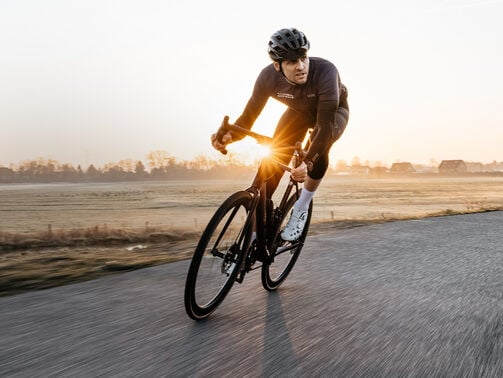


.jpg?sw=503&sh=378&sm=cut&sfrm=jpg&q=80)
